Gallery
Photos from events, contest for the best costume, videos from master classes.
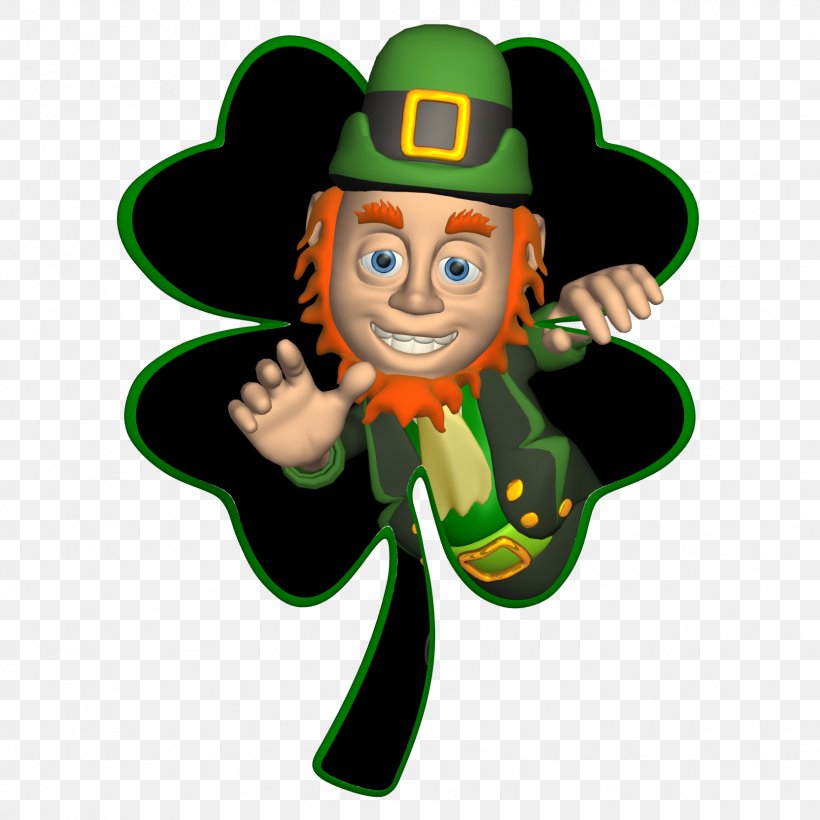 | 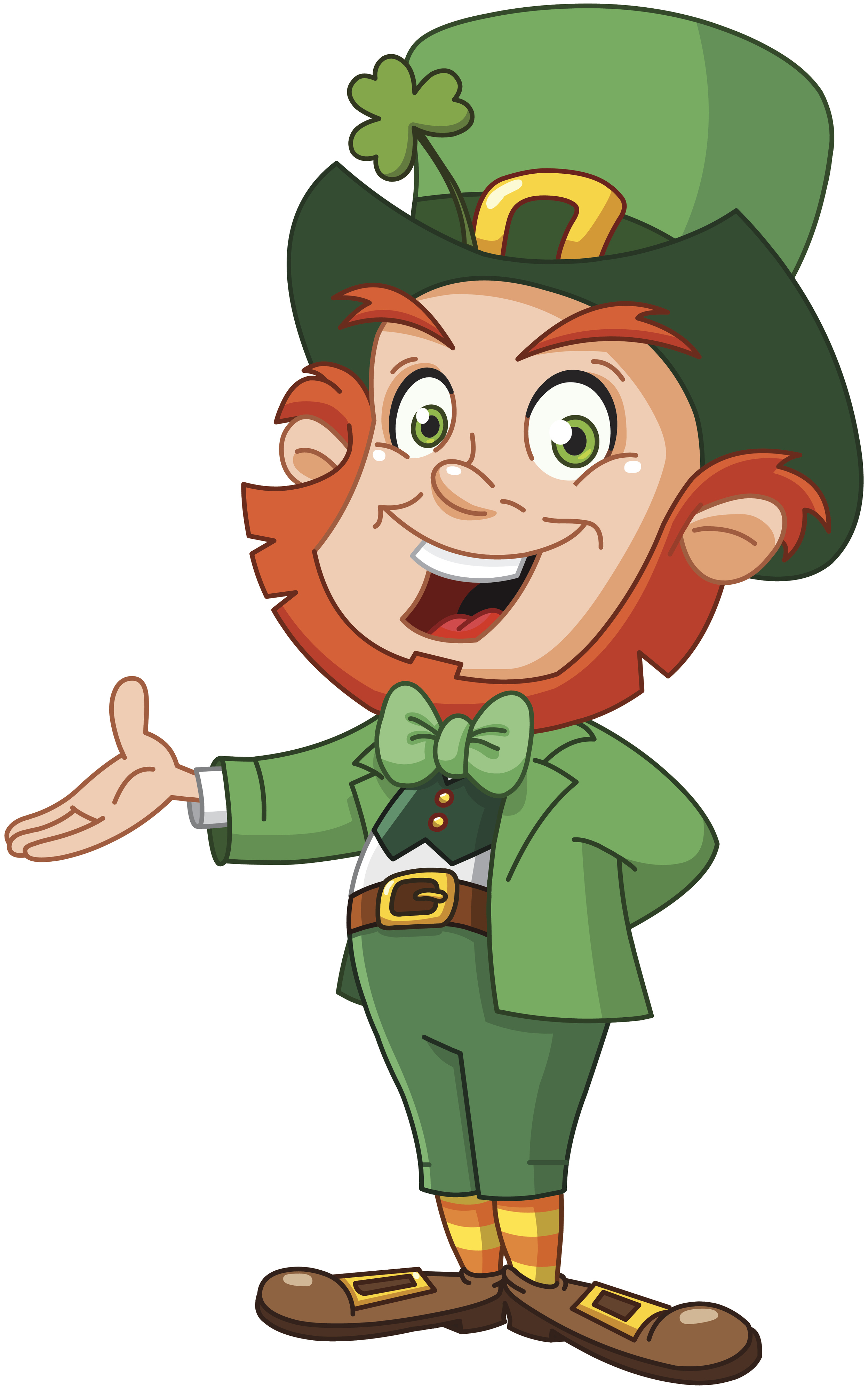 |
 | 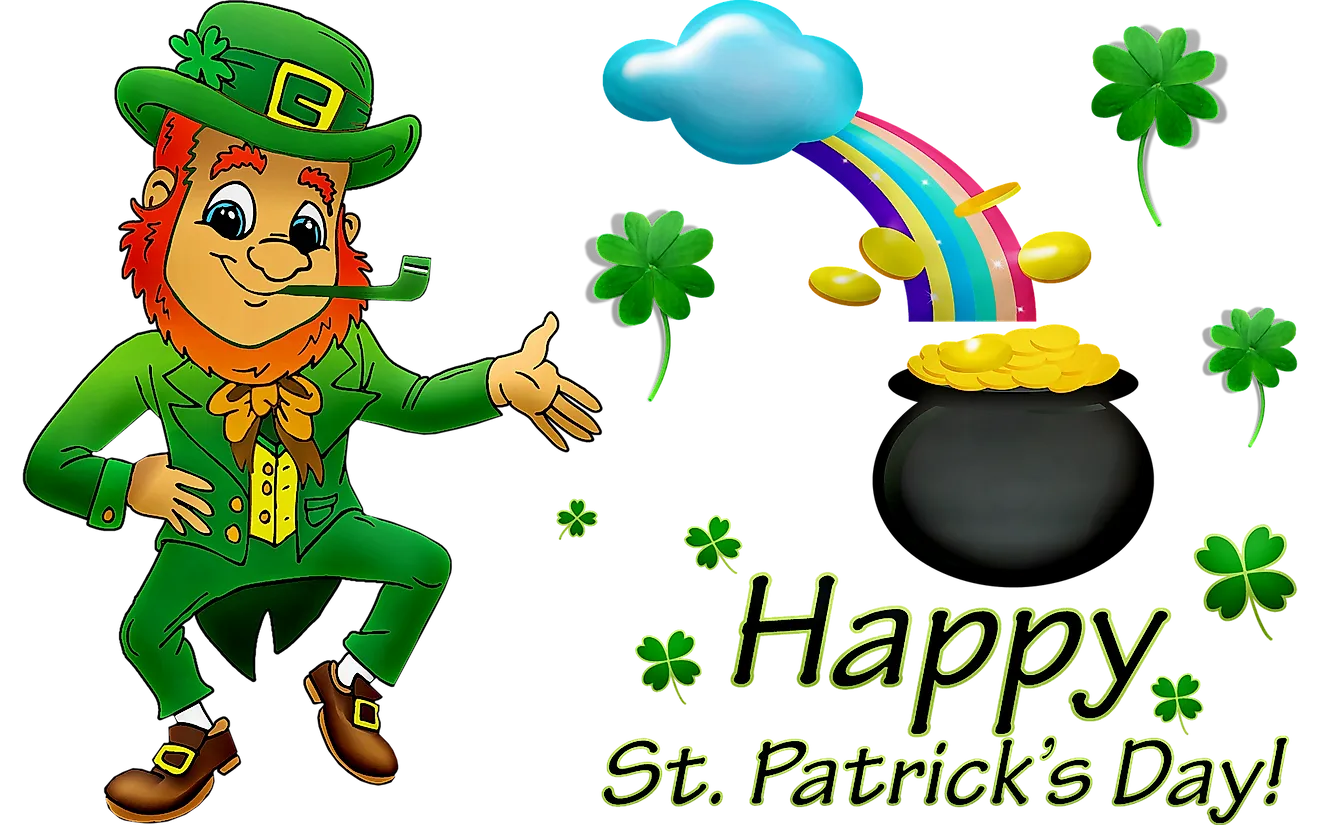 |
 |  |
 |  |
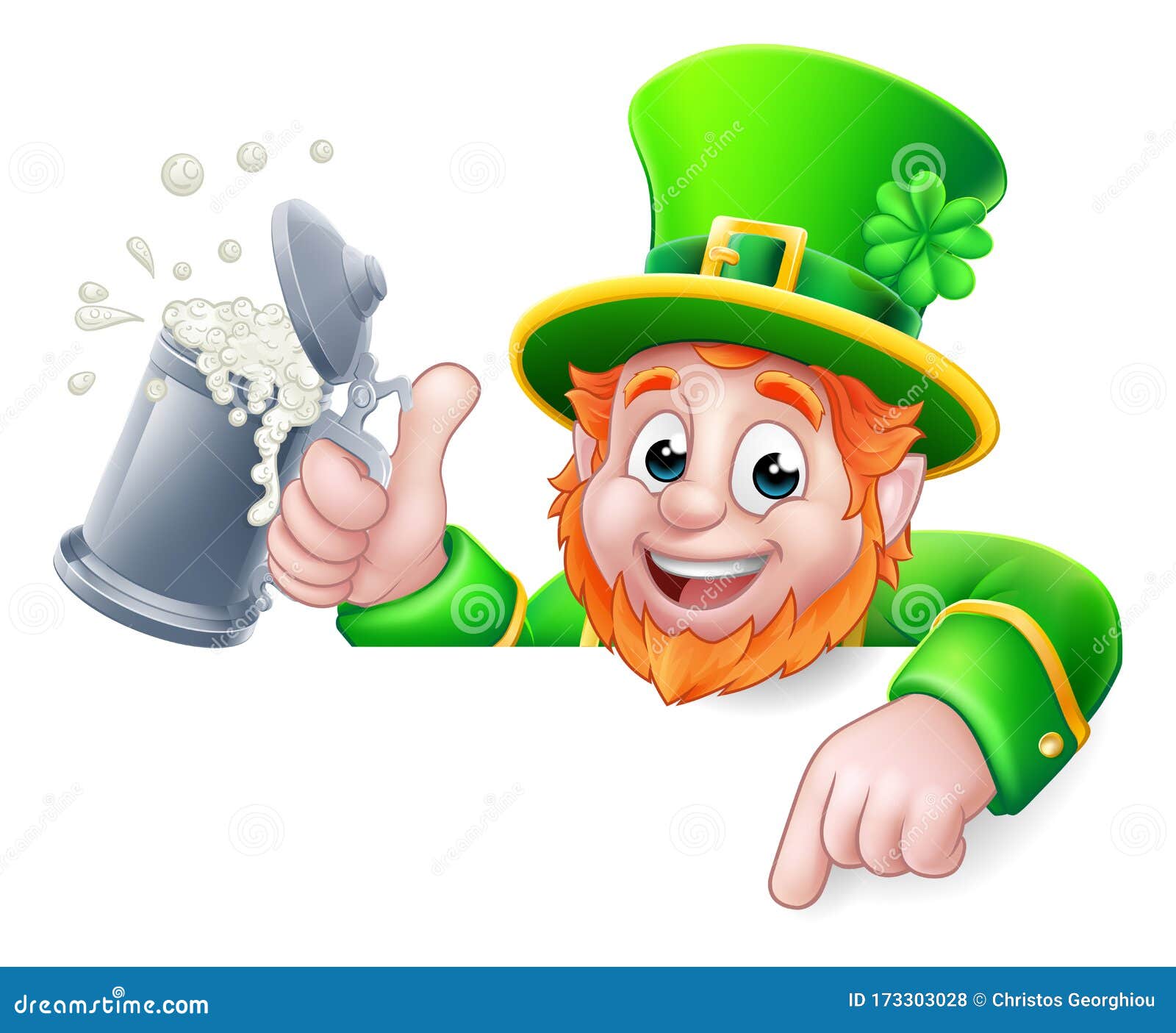 |  |
 | 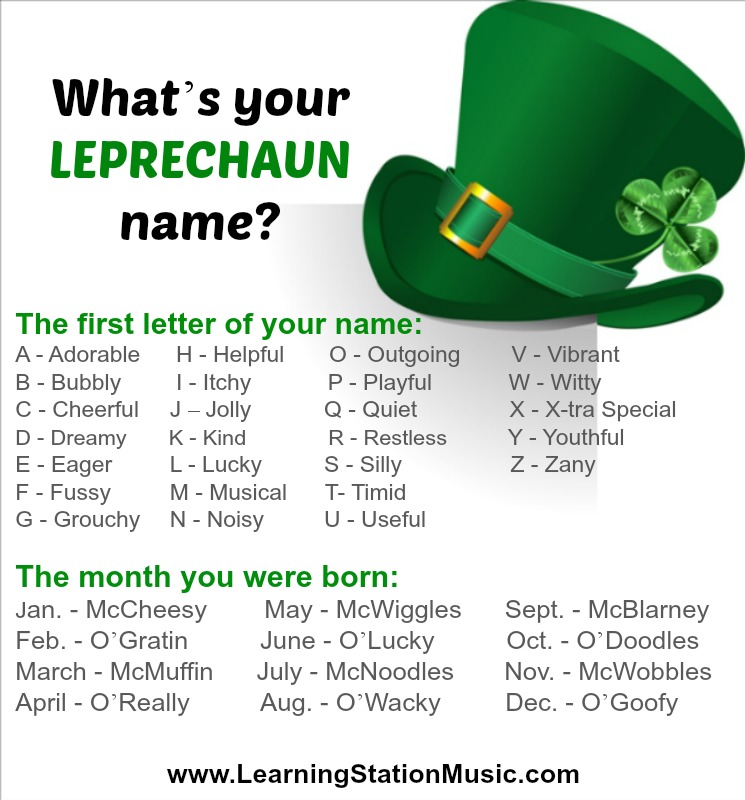 |
Leprechauns are another classic symbol of St. Patrick’s Day. Grouchy, redheaded, and small in stature, the green-clad leprechaun is a legendary trickster who is said to guard a pot of gold at the end of a rainbow. However, before they came to represent St. Patrick’s Day, leprechauns were prominent in Celtic folklore as members of the fairies. The leprechaun has nothing to do with Ireland. In fact, its origins can be traced back to England and Wales. It starts from the fact that Ancient Ireland was inhabited by two groups of people, known as Gaels and Picts. While many symbols of today’s Irish culture were adopted from Celtic history and mythology, one that is widely used on St. Patrick’s Day A group of leprechauns were asked which St. Patrick’ Day symbol they like best. Below is the data they collected. Use it to complete the graph and answer the questions. According to World Atlas, leprechauns are only associated with St. Patrick's Day due to their shared Irish origins. This is a more modern association, as are the parades that take place as part of St. Patrick's Day celebrations. Perhaps the most prominent example is Lucky the Leprechaun, who debuted on March 17, 1964 (St. Patrick’s Day) as the mascot of Lucky Charms cereal. “‘Tis luck to catch a leprechaun!” an Although leprechauns have long been part of Irish folklore, they only became a prominent symbol of St. Patrick’s Day much later. Traditionally, St. Patrick’s Day was a religious holiday in Ireland, but as Irish immigrants introduced their traditions to America, it transformed into a broader celebration of Irish heritage. If we had to guess, we’d wager that leprechauns became a symbol of St. Patrick’s Day because they are well-known figures in Irish folklore — and St. Patrick’s Day is a widely celebrated Irish holiday. With their signature green attire and pot of gold at the end of the rainbow, leprechauns have become synonymous with St. Patrick’s Day and all things Irish. But where did these pint-sized tricksters come from, and what is their true origin? The reason that they are actually associated with St. Patrick's day is that they are Irish. Originally, they were said to wear the color red, but green would make it easier for the leprechaun to hide out in the Ireland grass. It is considered good luck to spot one on St. Patrick's Day. So keep your eyes open for them. 3. Parades The leprechaun is an Irish fairy that resembles a small, old man that measures about two feet tall. Oftentimes, he is seen in the attire of a shoemaker , complete with a crooked hat and sometimes a leather apron. The Christian association with the shamrock is primarily attributed to St. Patrick, the patron saint of Ireland. According to legend, St. Patrick used the shamrock to explain the concept of the Holy Trinity—the Father, the Son, and the Holy Spirit—as three divine beings in one entity. One icon of the Irish holiday is the Leprechaun. The original Irish name for these figures of folklore is “lobaircin,” meaning “small-bodied fellow.” Belief in leprechauns probably stems from Leprechauns are associated with Saint Patrick’s Day because they both trace their history to Ireland. Saint Patrick’s Day is celebrated on March 17th to commemorate the day Saint Patrick, the patron saint of Ireland died. What are two symbols for St Patrick’s Day? The shamrock Shamrocks, or clovers, are used as St. Patrick’s Day decor to celebrate the day. Originally, the Celts called the shamrock the “seamroy.” The ancient plant symbolized the rebirth of spring. As the English rule began to take over in Ireland, the shamrock became a symbol of Irish Green is also the color that mythical fairies called leprechauns like to dress in—today, at least. But tales about leprechauns date back to before green was in. The fairies were first described as wearing red. Leprechauns are actually one reason you’re supposed to wear green on St. Patrick’s Day—or risk getting pinched! St Patrick’s Day Trivia for Irish Symbols and Traditions. Dive into Saint Patricks trivia with questions about St Patrick’s Day symbols like shamrocks and leprechauns. This St Patrick’s Day trivia quiz blends tradition with fun. It shows how one person’s faith can make a difference to many people. That’s why St. Patrick’s Day is about remembering this important change in Ireland’s history. Connecting with Ancestral Spirituality. For those of Irish descent, St. Patrick’s Day offers a chance to connect with ancestral spiritual roots. Many use this time to honor The last of the St. Patrick’s Day symbols we’re going to go over is the harp. In addition to being a symbol of St. Patrick’s Day, the harp is also a symbol of Ireland. As St. Patrick’s Day is a celebration of the Irish, it makes sense that their national symbol would also be a St. Patrick’s Day symbol. Leprechauns Leprechauns are a well-known St. Patrick's Day symbol, yet they have nothing to do with Saint Patrick or Christianity! The reason they're so popular is probably because they represent the Irish's pre-Christian spiritual roots. St. Patrick’s Day is all about celebrating Irish culture, good luck, and a little bit of magic! One of the most iconic symbols of the holiday is the mischievous leprechaun - tiny, bearded fairies known
Articles and news, personal stories, interviews with experts.
Photos from events, contest for the best costume, videos from master classes.
 |  |
 |  |
 |  |
 |  |
 |  |
 |  |